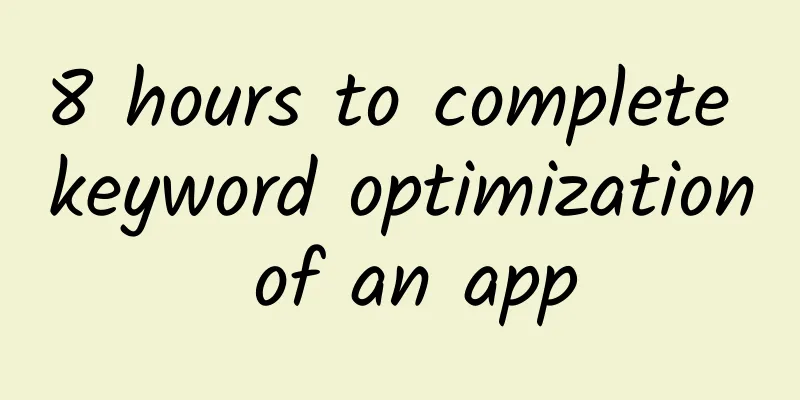Square’s App Visibility Principles

|
background Over the past five years, our site has evolved significantly. Our technical community has grown from a monolithic application processing community to a microservices architecture community. The changes and growth of our services have brought new challenges to application visibility. In today's blog post, we will provide some guiding principles and show the technology we use to detect and visualize our service ecosystem. Starting today, we will open source various parts of our service monitoring and visualization technology! in principle Some guiding principles are as follows:
application Under the above principles, the applications we use on the Square website are:
Now, we open source a seemingly small but very important project in the system: inspect. Inspect is a collection of libraries that we use to collect Linux, MySQL, and PostgreSQL metrics. The project also provides Linux command-line tools that can perform basic problem detection. Conclusion We hope that inspect was helpful, and that this blog post gave you a good understanding of the monitoring and alerting systems we use at Square. We will go into more detail about each system in subsequent blog posts. As always, please check back at https://corner.squareup.com/***Updates |
>>: The future of virtual reality: from game accessories to control devices
Recommend
An article explaining the advertising landing page
This is just part of a series of articles dedicat...
Event Operations: How to run a good event? Share 4 points!
The activity plan seemed to be well-designed, and...
.NET and cloud computing: integrated applications and best practices
With the rapid development of cloud computing, mo...
The State Post Bureau calls for couriers to be allowed into residential areas. How to pick up takeout and express deliveries during the epidemic?
To prevent the spread of the epidemic, many commu...
Douyin traffic and fan increase methods and operation guide!
With the advent of the 5G era, short videos are s...
up to date! Data rankings of 59 information flow advertising platforms!
The following is the latest traffic ranking of 59...
SEM small search delivery guide: bidding small channels
In SEM, there are five main promotion channels: B...
Japanese companies have been involved in emissions scandals, and Japanese media revealed how to test car fuel efficiency
Recently, according to media reports, after Mitsu...
Earning 6 figures a month by writing, my self-media entrepreneurship route!
If you only have one chance to turn things around...
How can financial management apps scientifically formulate activation strategies?
In the era of mobile Internet, daily active users...
The king of mobile phone processors! Apple's A-series "chip empire" has begun to take shape
As we all know, Apple is the technology company w...
Salted duck eggs will "ooze oil", where does this oil come from?
Salted duck eggs, as the name suggests, are a kin...
How much does it cost to attract investment through Shaoxing Dance School’s mini program?
Starting a business requires costs, and mini prog...
How much money is appropriate to invest in WeChat promotion? How is it charged? What types of promotions are there?
Recently, fans often ask me, how much money is ap...
10 formulas for social media operations
We have previously analyzed four formulas: the co...









